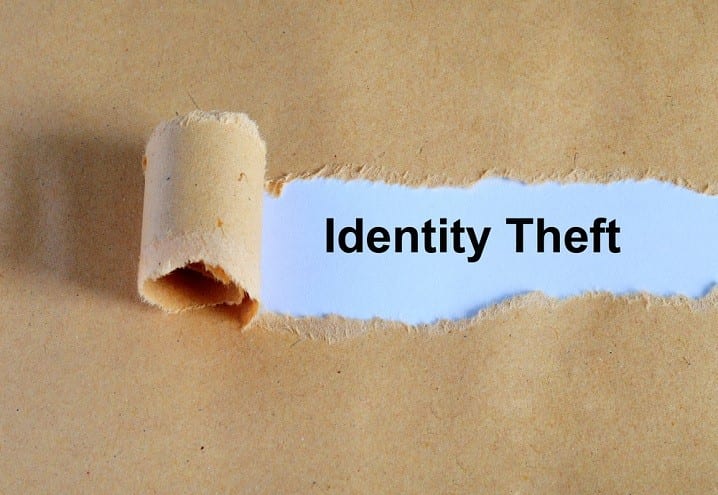Identity Theft’s Latest Trend

Identity theft is the fastest-growing crime in the U.S. The computer crime known as phishing is becoming the prevailing form of ID theft. Preventing phishing requires diligence. One thing is clear: credit card companies won’t provide much help. Prevention will depend on your efforts.
Phishing involves using e-mail to get a computer user to reveal personal information such as credit card numbers, passwords, and banking data. In a typical scam, the phisher sends out a mass e-mail purporting to be from a banking institution. The e-mail states that either there is a problem with the recipient’s account or the institution is updating its customer information. Recipients are directed to click a link to a web site. A common trick is to say that the account will be closed if the reader does not respond.
The e-mail and the web site appear to be official. Unfortunately, the web site is owned by the phisher. Any information entered on the web site actually goes into the phisher’s database. The information is used to purchase goods and services against the victim’s credit card account, apply for credit cards, or empty a bank account. The average phishing site exists for about two and a half days before disappearing. The site often is owned by criminals in Eastern Europe or Russia, and they are able to hide their identities when setting up the site.
Some phishing e-mails go a step further. The e-mails contain hidden software programs that are installed on your hard drive. They can use your computer to send additional e-mails to other potential victims, to record your keystrokes, or to find information on your hard drive.
I have received fake e-mails purporting to be from Citibank, E-Bay, and Suntrust. Other firms in the top 10 targets of phishing scams are U.S. Bank, PayPal, AOL, Lloyds, Fleet, Barclays, and EarthLink.
You have to take steps to protect yourself.
- Don’t even open e-mails purporting to be urgent messages from a financial institution. Reputable financial institutions do not ask for personal and account information through e-mail.
- If you open the e-mail and are concerned it might be legitimate, do not click on the link in the e-mail. Instead, go to the official site of the institution by entering the address into the browser yourself. Even better, call the telephone number on your credit card or account statement and ask about the e-mail.
- Review your financial and credit card account statements monthly and promptly. Stop losses as soon as possible.
- Review your credit report annually. Be alert for credit applications or changes of address you did not make. Also, look for notices of delinquency of which you are unaware.
- If you suspect fraud, take action immediately. Notify your bank and credit card companies. Your credit card liability is only $50 if the card issuer is notified within 60 days. You don’t get as much protection with debit cards. Also, notify the credit reporting agencies. The FTC web site has helpful information and standard forms to use for reporting ID theft.
- Keep your computer up to date. You need a firewall, anti-virus software, and a spyware sniffer. Keep these programs current and use them regularly.
![]()





